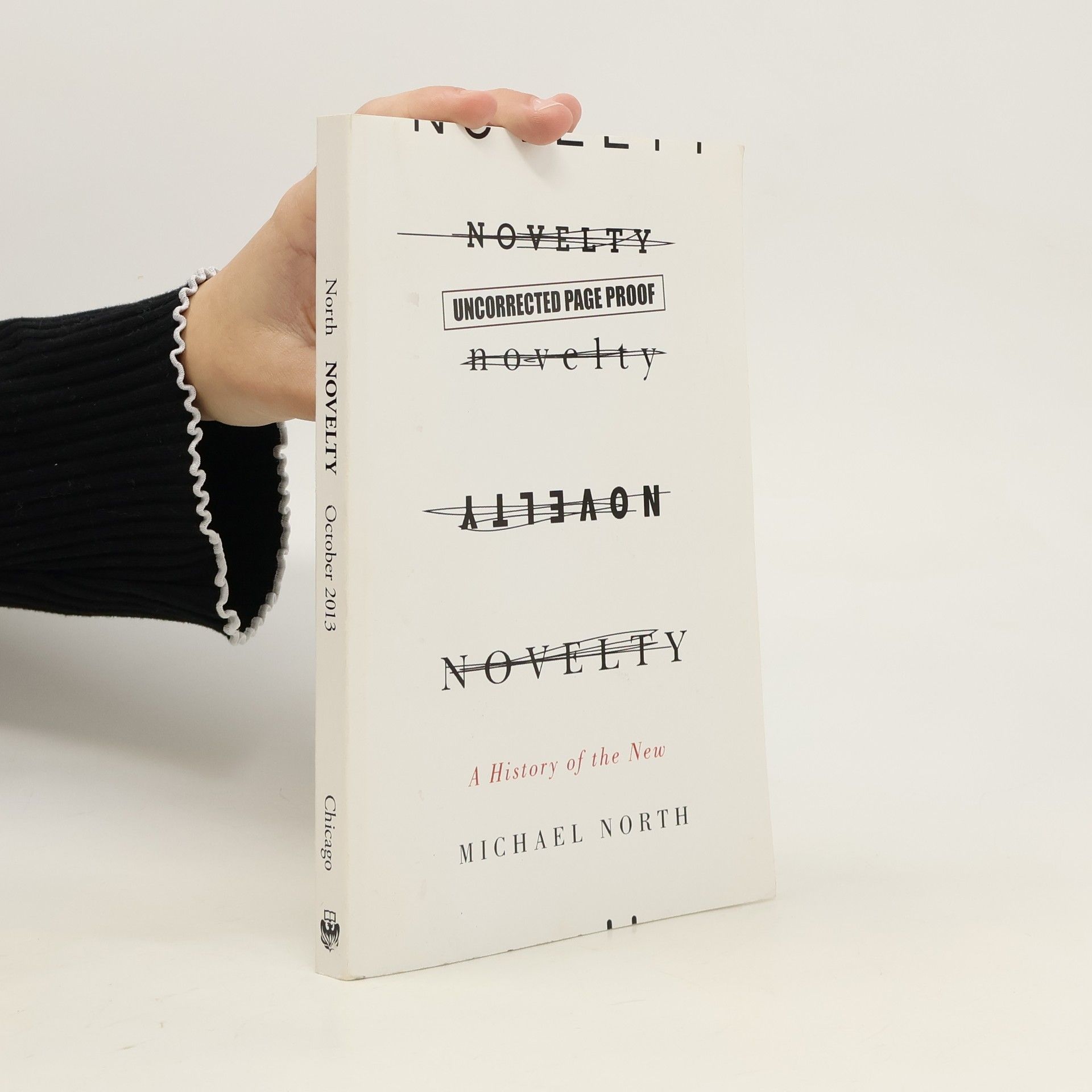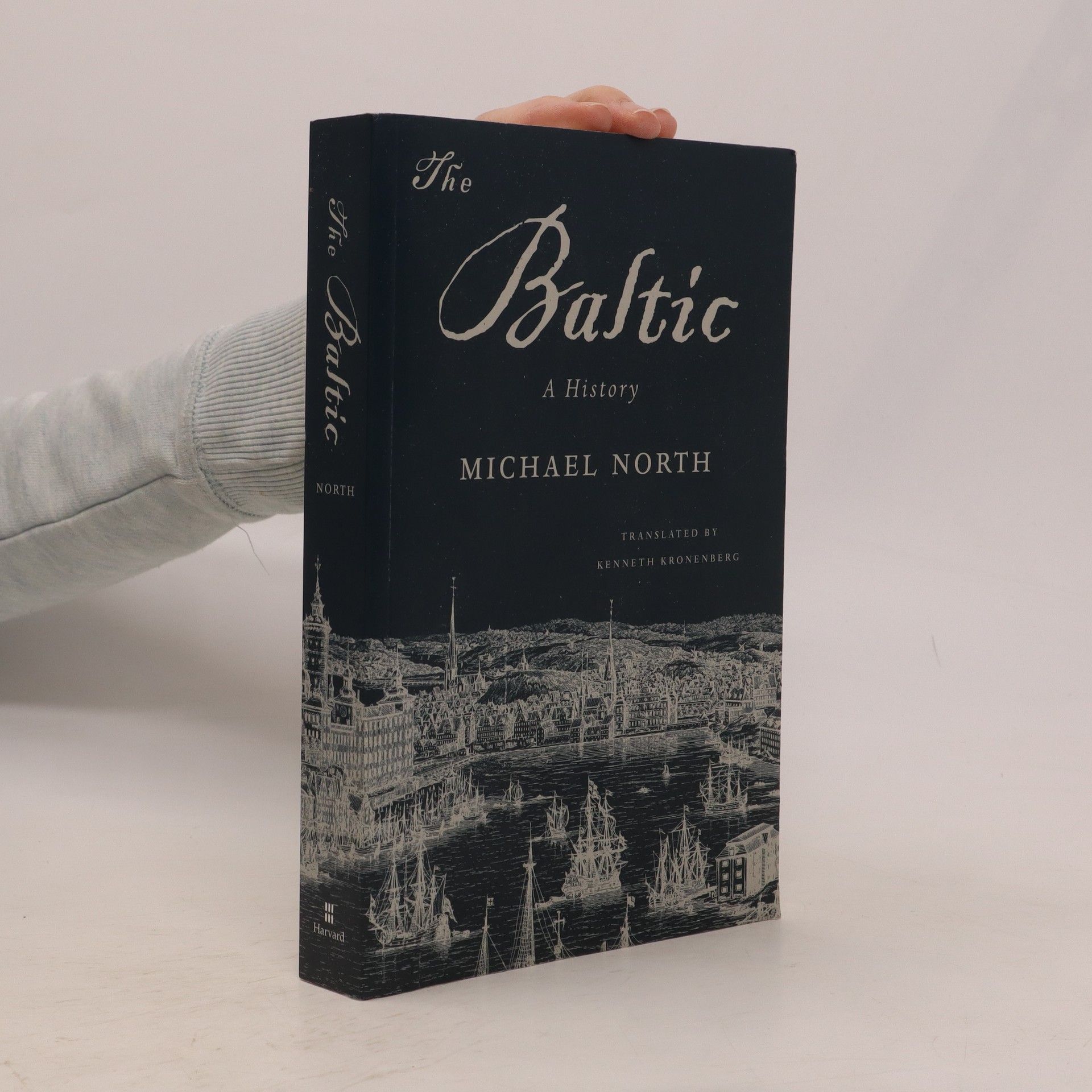A World History of the Seas
- 240 páginas
- 9 horas de lectura
Offering an introduction to the world's seas as a platform for global exchange and connection, Michael North offers an impressive world history of the seas over more than 3,000 years. Exploring the challenges and dangers of the oceans that humans have struggled with for centuries, he also shows the possibilities and opportunities they have provided from antiquity to the modern day. Written to demonstrate the global connectivity of the seas, but also to highlight regional maritime power during different eras, From Harbour to Horizon takes sailors, merchants and migrants as the protagonists of these histories and explores how their experiences and perceptions of the seas were consolidated through trade and cultural exchange. Bringing together the various maritime historiographies of the world and underlining their unity, this book shows how the ocean has been a vital and natural space of globalization. Carrying goods, creating alliances, linking continents and conveying culture, the history of the ocean played a central role in creating our modern globalized world.


